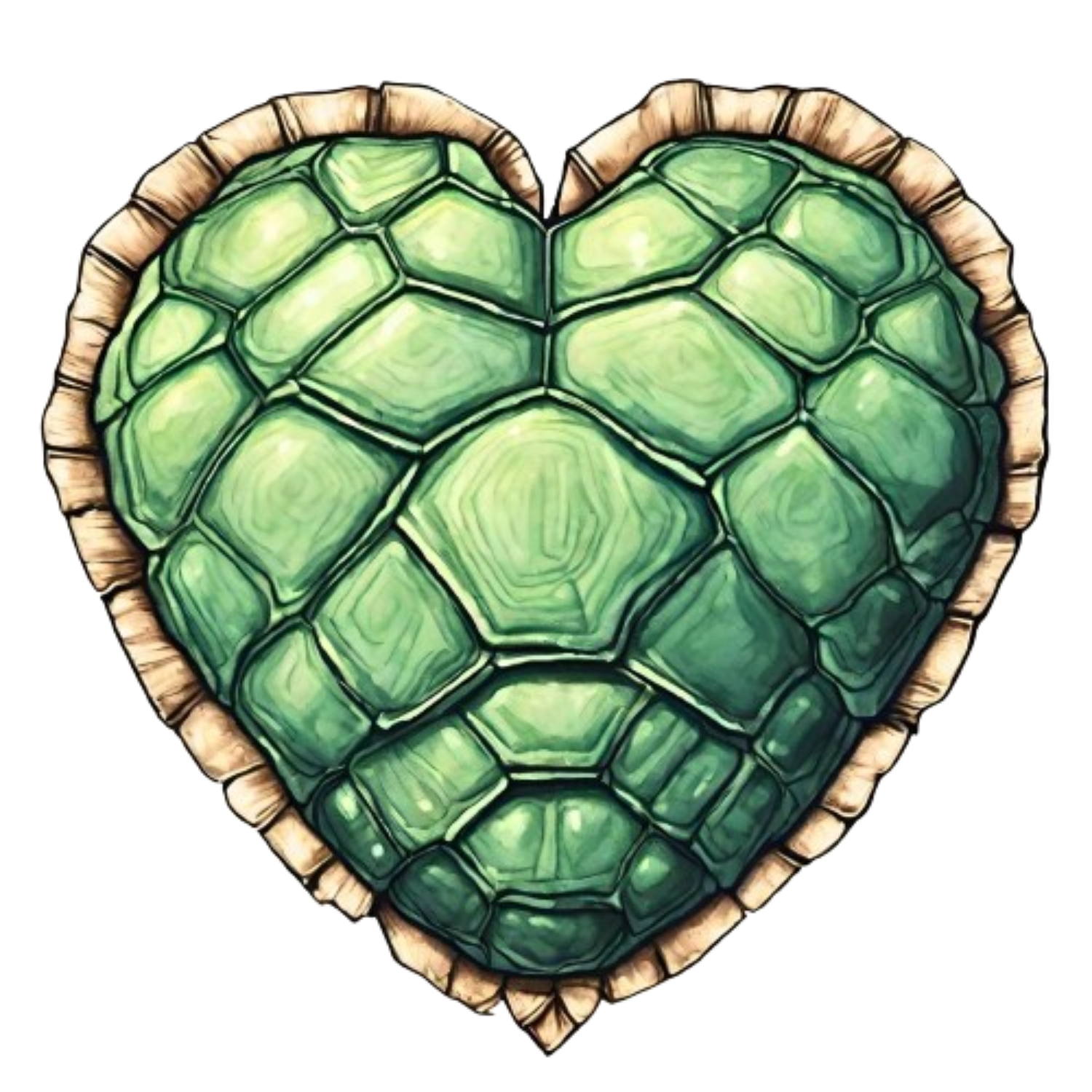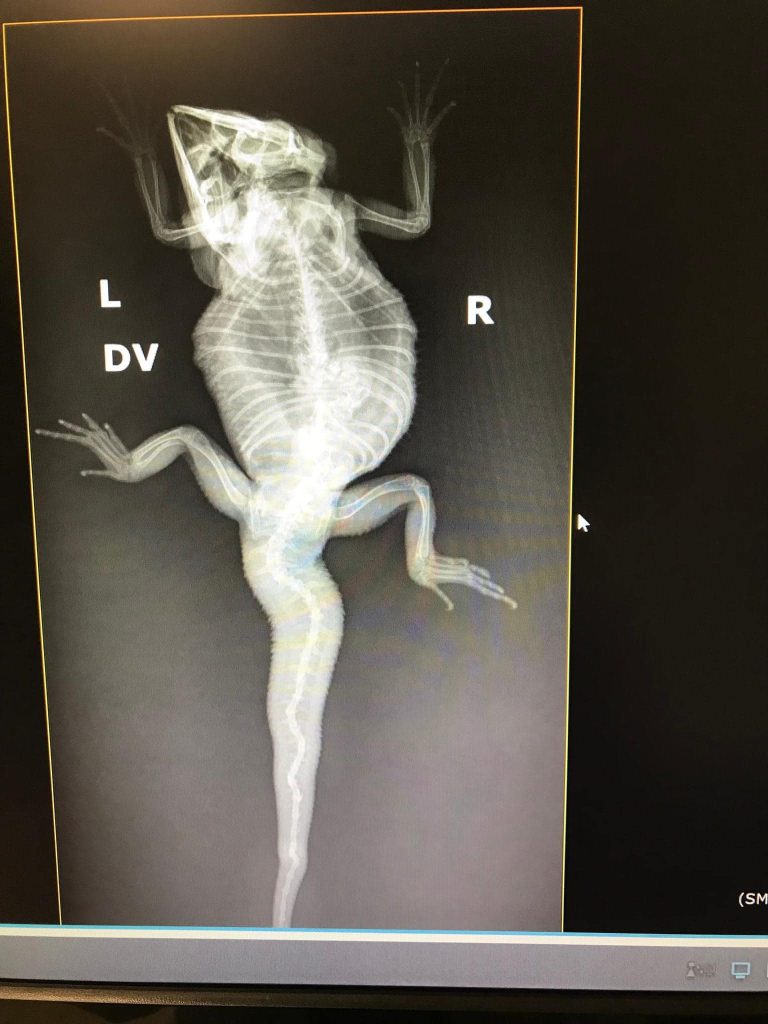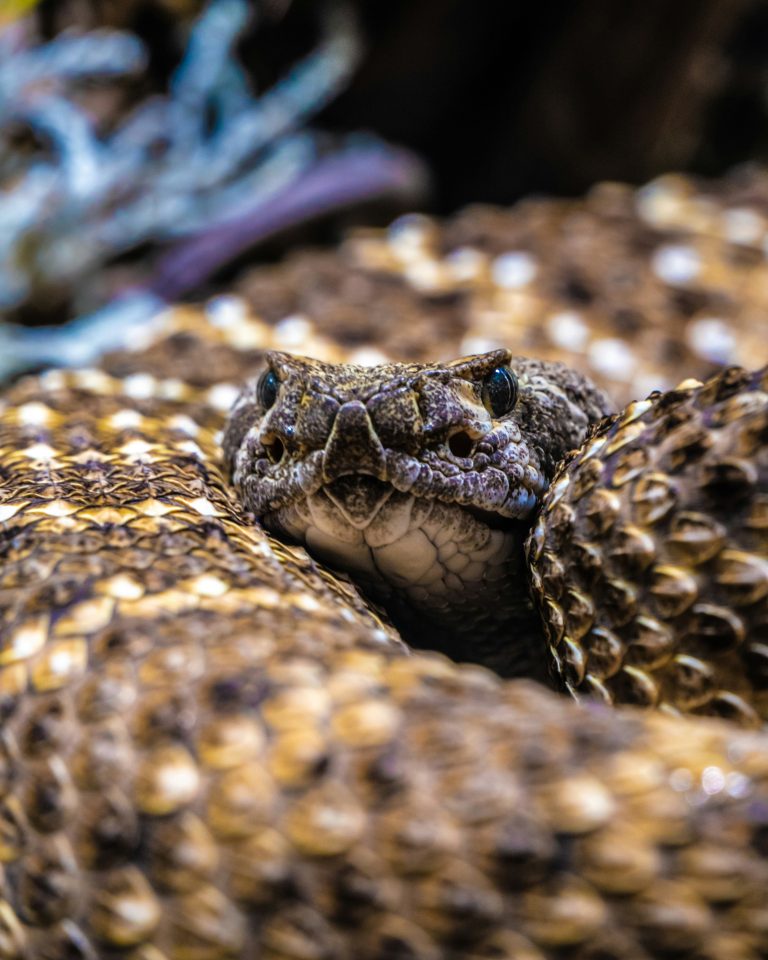Understanding the Timeline for Bearded Dragon Brumation: What to Expect and When
Brumation is a natural and vital process for bearded dragons, resembling hibernation in mammals. During this period, your dragon’s metabolism slows down, and they enter a restful state to conserve energy for the cooler months. While brumation is completely normal, it’s essential to understand its timing, how long it lasts, and what to expect throughout the process.
In this blog post, we’ll break down the typical timeline of brumation in bearded dragons, what’s normal, and when you should be concerned. Knowing the right timeline for brumation will help you monitor your dragon’s health and ensure they have the proper conditions to navigate this dormancy period.
1. When Does Brumation Start?
Bearded dragons are naturally inclined to brumate during the cooler months, primarily from late fall to early spring. This coincides with winter in their native Australian habitat, where food sources become scarce, and temperatures drop.
- Start of Brumation: Brumation typically begins around October to December when the days get shorter, and the weather cools down. During this time, your dragon will start to exhibit signs of reduced activity, less interest in food, and a desire to seek out cooler, darker spots in their enclosure.
- Environmental Cues: In the wild, the natural decrease in daylight hours and cooler temperatures signal to the dragon that it’s time to enter brumation. If your bearded dragon is housed indoors, you can mimic these cues by reducing their lighting cycle and lowering the temperature in their enclosure.
2. How Long Does Brumation Last?
The duration of brumation can vary depending on several factors, such as age, health, and environmental conditions. On average, brumation lasts anywhere from 1 to 3 months, although some bearded dragons may brumate for up to 4 months in rare cases.
- Young Bearded Dragons (under 1 year old): Younger dragons generally don’t brumate as often or as long as adults. If they do go into brumation, it’s usually shorter, lasting just a few weeks.
- Adult Bearded Dragons (1 year or older): Adult dragons are more likely to enter a full brumation cycle. The typical duration for adult dragons is between 1 and 3 months. However, if environmental conditions are ideal, brumation could last up to 4 months.
3. What Happens During Brumation?
As your bearded dragon enters brumation, their behavior and needs will change. Here’s a general timeline of what you can expect during the brumation period:
Week 1-2: Pre-Brumation Phase
- Reduced Appetite: Your bearded dragon will begin to eat less, and you may notice they start showing less interest in food.
- Increased Lethargy: They will spend more time resting and may become less active overall.
- Seeking Cooler Spots: Bearded dragons may start seeking out cooler, darker places in their enclosure to prepare for the dormant phase.
Week 2-6: Full Brumation Period
- Prolonged Sleep: Your dragon will likely sleep for extended periods, possibly for days or even weeks. During this time, their metabolism slows down significantly, and they require very little food or water.
- Minimal Activity: They will be extremely lethargic and will only wake up occasionally, if at all. Some bearded dragons might remain hidden for long stretches, conserving energy.
- No Eating: It’s common for dragons to completely stop eating during this time, though they may still drink occasionally if offered water.
Week 6-12: End of Brumation
- Gradual Waking: As temperatures rise (and days get longer), your dragon will begin to wake up from brumation. This is a slow process, and they may still sleep a lot at first.
- Return of Appetite: Once they wake up fully, they will gradually show interest in food again. Their appetite might be small at first, so it’s important to offer food slowly and monitor their eating habits.
- Increased Activity: After a period of rest, your bearded dragon will slowly return to its normal activity levels. They will bask more and become more active as they regain energy.
4. Factors That Affect Brumation Duration
Several factors can influence how long your bearded dragon stays in brumation. These include:
- Environmental Conditions: The temperature and lighting in the enclosure play a crucial role in determining when brumation starts and how long it lasts. If the temperature is too warm or there’s too much light, it can delay or even prevent brumation.
- Temperature: Bearded dragons need cooler temperatures (around 65-75°F or 18-24°C) to trigger brumation. If the enclosure is too warm, your dragon might not go into brumation at all.
- Lighting: Reduced daylight hours signal to your dragon that it’s time to rest. Ensure your lighting cycle is consistent, and consider gradually reducing the number of hours the UVB light is on each day.
- Age and Health:
- Young dragons (under 1 year) are less likely to brumate or may enter a much shorter brumation period.
- Adult dragons (1 year and older) are more likely to experience a full brumation cycle, lasting 1-3 months.
- Health: Sick or stressed dragons may not brumate properly or at all. Ensure your dragon is in good health before allowing them to enter brumation. If they are not eating or acting lethargic outside of brumation, consult a vet to rule out underlying issues.
- Diet and Hydration:
- Bearded dragons that are well-fed and hydrated before brumation may have a smoother and shorter period of dormancy. Ensure your dragon has access to fresh food and water up until they enter brumation.
5. What Happens If Brumation Lasts Too Long?
While 1 to 3 months of brumation is normal, some bearded dragons may brumate for longer than 4 months, especially if environmental cues are ideal. However, if your dragon is brumating for an extended period (longer than 4 months), it could be a sign of a health issue, improper enclosure conditions, or an imbalance in diet.
6. Post-Brumation: Gradual Return to Normal
Once brumation ends, it’s important to give your bearded dragon time to recover. Here’s what you can expect during the post-brumation period:
- Waking Up Slowly: Don’t expect your dragon to jump into action immediately. They will wake up slowly, and it may take a week or two before they regain their full energy.
- Small Meals: Start offering small meals at first. Their appetite may be sluggish after months of dormancy.
- Rebuilding Energy: Bearded dragons will likely bask more than usual as they warm up and reenergize their bodies.
Summary of Brumation Timeline
- Start of Brumation: October to December
- Duration: 1 to 3 months, possibly up to 4 months
- End of Brumation: March to May
- Signs: Reduced appetite, increased sleep, seeking cool, dark spots
- Post-Brumation: Gradual return to normal activity and eating
Understanding the timeline of brumation and what to expect during this natural cycle is crucial to ensuring the health and well-being of your bearded dragon. By providing the right conditions and monitoring your dragon’s behavior, you can support them through this important process. If you notice anything unusual or if brumation seems to be lasting too long, it’s always a good idea to consult with a reptile vet to rule out health issues.







